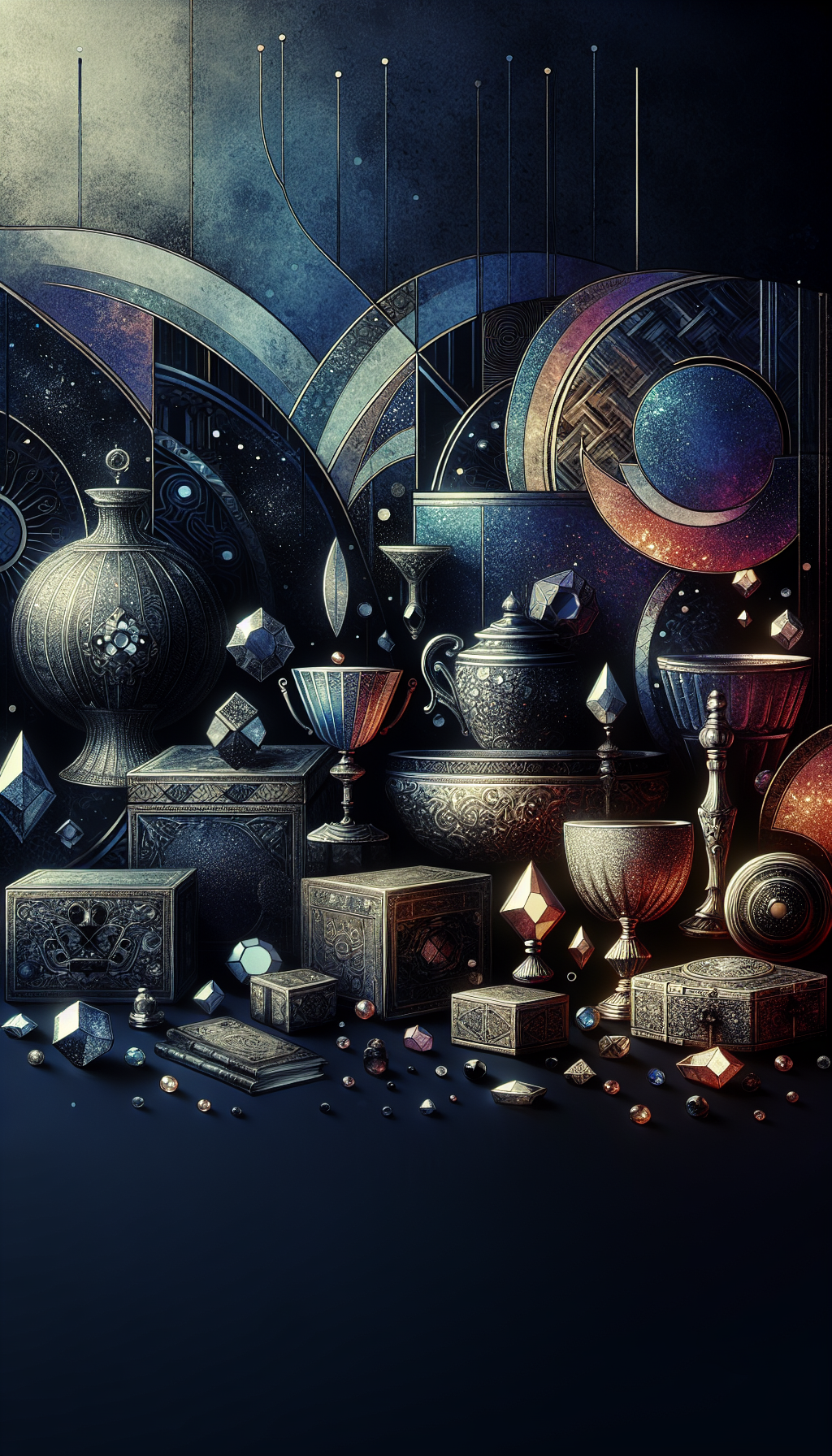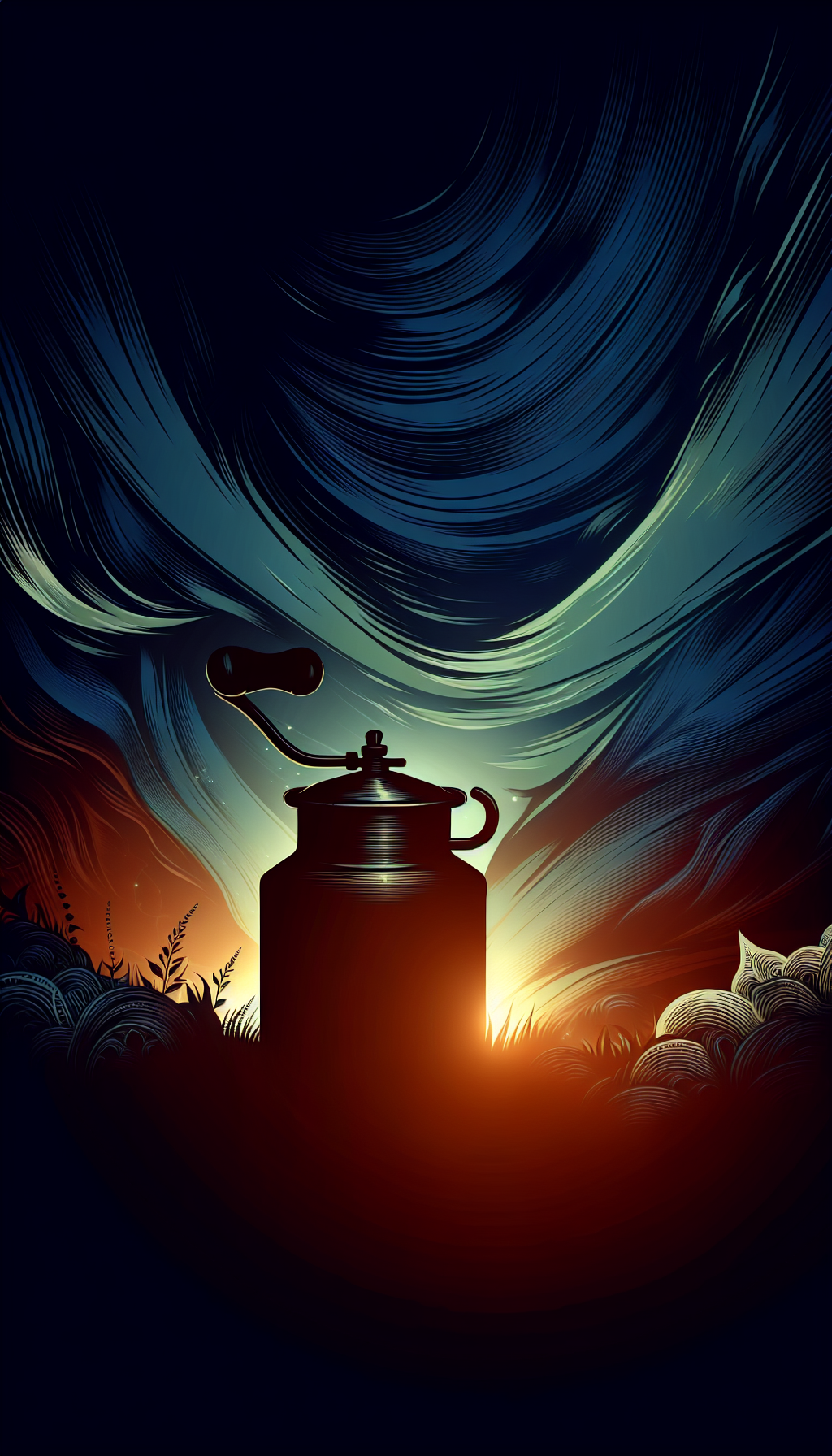A Fine Quality Made In Pakistan Handknotted Oriental Rug Circa Late 20th Century
For many collectors, a late-20th-century “Made in Pakistan” handknotted rug is a sweet spot: traditional craft, export-grade consistency, and attractive value. This guide explains how to identify, date, and appraise a fine quality example, with an eye toward materials, construction, motifs, and current market behavior.
What “Made in Pakistan” Signified in the Late 20th Century
From the 1970s through the 1990s, Pakistan’s rug industry matured into a major export force. Workshop and cottage weaving coexisted, with weaving concentrated across Punjab and Sindh provinces and finishing (washing, stretching, trimming) handled by organized exporters. This era produced two broad families:
- Bokhara/Jaldar lineage: Geometric guls and repeating motifs adapted from Central Asian Turkmen sources, rendered with Pakistani wool and cotton foundations.
- “Pak Persian”: Persian-inspired curvilinear medallion-and-corner, floral, and panel designs, meticulously interpreted for Western markets.
Key characteristics of the period include:
- Consistent, reliable materials (cotton foundations, well-spun wools).
- Tight knotting relative to mid-century commercial rugs.
- Saturated yet relatively stable synthetic dyes, moving toward chrome dyes by the 1980s–1990s.
- High-quality finishing washes that produced a clean, even surface and uniform sheen.
If your rug still bears a sewn cloth tag or printed label stating “Made in Pakistan,” assume an export-intended piece post-1960s; many fine late 20th-century rugs retained their original tags or remnants of adhesive labels on the fringes or back corners.
Hallmarks of Construction and Materials
Understanding what you’re seeing on the back and edges is fundamental to identification and appraisal.
Foundation
- Warp: Typically cotton, undyed (off-white). Evenly spaced, often moderately depressed where wefts pass over and under.
- Weft: Usually cotton; often double-wefted (two weft shots between rows of knots), which helps compact the structure and contributes to a dense, stable handle.
Knotting
- Knot type: Both symmetrical (Turkish/Ghiordes) and asymmetrical (Persian/Senneh) knots appear in Pakistan. Bokhara-type weaving often uses symmetrical knots; “Pak Persian” frequently employs asymmetrical knots. Confirm by teasing a knot on the back with a magnifier.
- Knot density: A late-20th-century fine-grade Pakistani rug will commonly range:
- Bokhara/Jaldar: roughly 100–200 kpsi (knots per square inch) when measured accurately.
- Pak Persian: roughly 150–300 kpsi in finer workshops. To measure: count knots per linear inch horizontally and vertically on the back (count “nodes,” not simply color changes), then multiply those figures. Repeat in a few areas and average.
Pile and Yarn
- Pile fiber: Predominantly wool, clipped to a medium-to-low height for detail clarity. Fine examples use well-spun, resilient wool with a soft hand and a lively sheen from natural lanolin.
- Highlights: Some late-20th Pakistani workshops introduced silk or mercerized cotton highlights in flower heads, outlines, or medallions. If present, highlights appear slightly brighter and feel cooler to the touch.
Dyes and Palette
- Dyes: Mostly synthetic (azo and later chrome) during this era. Chrome dyes, common from the 1980s onward, are relatively colorfast and resist bleeding.
- Palette: Classic Bokhara fields—deep red, claret, or burgundy with black or midnight-blue guls, ivory accents. Pak Persian palettes vary widely: navy and ivory, rust and bottle green, or softer beige and celadon in later “Peshawar/Chobi” style pieces introduced in the 1990s.
Edges and Finishes
- Selvedges: Overcast with robust wool yarns, often 2–3 cords bound together. Color may echo a border tone.
- Ends: A short, flatwoven kilim at the ends is common, followed by exposed cotton fringe from the warp ends. Workshop rugs often have neatly trimmed, even fringes. Later repairs may include sewn-on fringes; note this in condition reporting.
- Handle: Fine Pakistani rugs are compact and supple; they drape well without feeling floppy. Excess stiffness can indicate heavy finishing or, less commonly, prior backing treatments (more typical of tufted rugs, not handknotted).
Pattern Families You’re Likely to See
Recognizing pattern families is key for both identification and market appeal.
Bokhara and Jaldar
- Field: Repeating guls (often “Tekke” style) in regimented rows, or diamond-shaped guls in Jaldar variants.
- Borders: Multiple narrow borders, often including a “running dog,” cogwheel, or simple rosette chain.
- Appeal: Timeless and versatile; demand tends to be steady. Fine examples exhibit crisp gul outlines and balanced negative space.
“Pak Persian” Medallion and Allover
- Medallion-and-corner: Large central medallion with pendant finials, arabesque spandrels, and palmette-vine networks. Kashan and Isfahan-inspired arrangements are common.
- Tabriz/Mahi (Herati): Allover repeating Herati motifs with minute rosettes and fish-like leaves, prized for fineness and symmetry.
- Boteh/Shah Abbasi: Dense boteh (paisley) fields or Shah Abbasi palmettes in formal, curvilinear layouts.
- Prayer and Garden: Niche (mihrab) designs; compartmentalized panel (“garden”) rugs; and lattice schemes that emulate historical Persian typologies.
Peshawar/Chobi Influence (Late 1990s)
- Palette: Soft, washed neutrals—beige, straw, faded saffron, pale teal—with restrained drawing.
- Structure: Often similar in construction to mainstream Pakistani production but styled for a subtler, antique-inspired aesthetic.
Design authenticity note: While Pakistan faithfully interprets Persian and Central Asian designs, workshop uniformity, exact symmetry, and the feel of the wool can differentiate these from their Iranian or Turkmen counterparts during appraisal.
Dating and Differentiating: Pakistan vs. Neighbors
Dating to the “late 20th century” is usually an accumulation of clues rather than a single smoking gun.
Dating Cues
- Labels: “Made in Pakistan” cloth or paper labels strongly suggest post-1960s export-era production; surviving intact labels are common on rugs from the 1980s–1990s.
- Dyes and sheen: Saturated reds and blues with even, chrome-dye stability and little to no bleeding suggest 1980s onward. Chemical “luster washes” are subtler than in 1960s–1970s exports, but many finishing washes created a pleasing uniform sheen.
- Wear pattern: Even, moderate wear with intact pile tips, minimal areas of foundation exposure; fringe ends short and tidy. Extensive corrosion (especially in dark browns) is rarer in late-20th Pakistani rugs than in some older Persian pieces where iron-mordanted browns “sink.”
Differentiating From Iranian (Persian) Rugs
- Signatures: Persian workshop signatures in cartouches (often in Farsi) are more typical of Iranian city rugs; Pakistani versions may include pseudo-signatures but often have none.
- Line quality: Pakistan curvilinear drawing is clean and consistent, but sometimes lacks the micro-variation seen in high-end Iranian city pieces. Borders and corner resolution can appear “perfectly” regular.
- Foundation colors: Both Pakistan and Iran use cotton warps/wefts in many city-type rugs; rely on multiple cues, not just foundation.
Differentiating From Afghan/Turkmen Rugs
- Foundation: Afghan tribal and village rugs commonly use wool foundations and exhibit darker, earthy palettes with matte wool and stronger abrash (color variation). Pakistani Bokharas nearly always use cotton foundations, with smoother, more uniform color fields.
- Guls: Comparative gul drawing can help. Pakistani guls are often thinner-lined and more uniform; Afghan/Turkmen guls may have chunkier outlines and greater tonal shifts.
Differentiating From Indian and Chinese Rugs
- Indian: Many Indian workshop rugs are single-wefted and may have longer, whiter fringes and wider, machine-like side bindings. Knot type and finish feel can differ; still, there is overlap, and exceptions abound.
- Chinese: Thicker, softer pile with potential carved outlines and sinuous Chinese ornament is a giveaway. Chinese “Sino-Persian” rugs exist, but the sculpted surface and broader palette often reveal origin.
In all cases, use a combination of structural features (knot type, wefting, selvedges), drawing, and palette to triangulate origin rather than relying on a single trait.
Condition, Restoration, and Market Value Today
For late-20th-century Pakistani rugs, value is concentrated in fine weave, attractive and salable pattern families, good condition, and useful sizes.
Condition Considerations
- Pile: Even, high pile supports value; scattered low areas or moth grazing reduce it. Foundation exposure, stiff patches (from prior glues), or dry rot are red flags.
- Edges: Professionally restored side cords and end finishes are acceptable and often expected; sloppy machine overcasting or glued fringes reduce value.
- Stains and bleeding: Stable chrome dyes usually stay put; bleeding indicates earlier dyes or improper wet cleaning. Persistent stains reduce value, especially on pale grounds.
- Repairs: Expert reweaving can be value-neutral when well executed; visible patching or color mismatch lowers desirability.
Market Range Guidance (typical late-20th Pakistani, fine quality, clean, no major repairs)
- Small mats (2×3 ft): retail $75–250; auction/estate $30–120.
- Runners (2.5–3×8–12 ft): retail $250–1,000; auction $120–500 depending on fineness and pattern.
- Room size (6×9 ft): retail $800–3,000; auction $300–1,200.
- Large room (8×10 to 9×12 ft): retail $1,500–6,000; auction $600–2,500.
These are generalized ranges. Specifics—knot density at the higher end, sought-after patterns (e.g., crisp red Bokhara, fine Mahi), harmonious palettes, and documented provenance—can push values upward. Conversely, color bleeding, uneven abrash in otherwise uniform fields, heavy sun fade, or pet damage can subtract 20–60% from fair market value. Insurance (replacement) values may be significantly higher than auction prices and should be positioned accordingly in a report.
Care and Storage
- Professional wash: Every 3–5 years by a rug specialist; avoid surface cleaners or steam machines.
- Rotation: Quarterly rotation evens wear and sun exposure.
- Padding: A good-quality pad reduces slippage and impact stress, improving longevity and perceived comfort.
- Vacuuming: Use a suction-only head, no beater bar; keep the tool away from fringes to prevent knot pull-out.
- Storage: Roll (do not fold) with pile inward; wrap in breathable material; include moth deterrents and check periodically.
Practical tip: Late-20th Pakistani rugs tolerate real-life use well. With proper care, they are durable, repairable, and retain decorative value across decades.
Practical Checklist
- Verify handknotted construction: look for individually tied knots on the back; designs should mirror crisply on the reverse.
- Check foundation: cotton warps and wefts; often double-wefted.
- Identify pattern family: Bokhara/Jaldar versus Pak Persian (medallion, Herati, boteh, garden).
- Measure knot density: average counts in several areas; note kpsi on your worksheet.
- Assess dyes and palette: saturated yet stable color; limited bleeding when lightly dampened in a hidden spot (only if you’re trained to test).
- Inspect edges/ends: original overcasting and kilim/freed fringes preferred; note repairs or add-ons.
- Evaluate condition: pile evenness, moth activity, stains, sun fade, structural breaks.
- Size and salability: standard room sizes and classic patterns command broader demand.
- Document provenance: retain labels, sales invoices, and prior appraisals when available.
- Assign value context: distinguish insurance replacement from fair market and liquidation values.
FAQ Q: How can I quickly tell if it’s handknotted and not tufted? A: Look at the back. Handknotted rugs show each knot’s “node” and the design is as sharp on the back as on the front. Tufted rugs usually have a fabric backing glued on; you won’t see individual knots.
Q: What is a “good” kpsi for a fine late-20th Pakistani rug? A: For Bokhara/Jaldar, 120–180 kpsi is a solid fine range; for Pak Persian, 160–250 kpsi is common, with some workshop pieces going higher. Fineness supports value but design and condition matter just as much.
Q: Are the dyes natural or synthetic? A: Most late-20th Pakistani rugs use synthetic dyes—often chrome dyes that are relatively stable and lightfast. Some later “Peshawar/Chobi” pieces adopted softer palettes that emulate natural-dye looks.
Q: How should I clean and maintain it? A: Vacuum gently with suction-only, rotate quarterly, use a quality pad, and get a professional hand-wash every few years. Avoid DIY wet cleaning and keep beater bars off the pile and away from fringes.
Q: Do Pakistani rugs hold value? A: Quality examples in good condition do hold steady decorative value. They generally sit below comparable Iranian city rugs in price, but fine Bokhara and Pak Persian pieces remain liquid in the secondary market, especially in standard sizes and classic palettes.
With a measured look at construction, pattern language, and condition, a late-20th-century Pakistani handknotted rug reveals its story—and, with it, a defensible appraisal.



